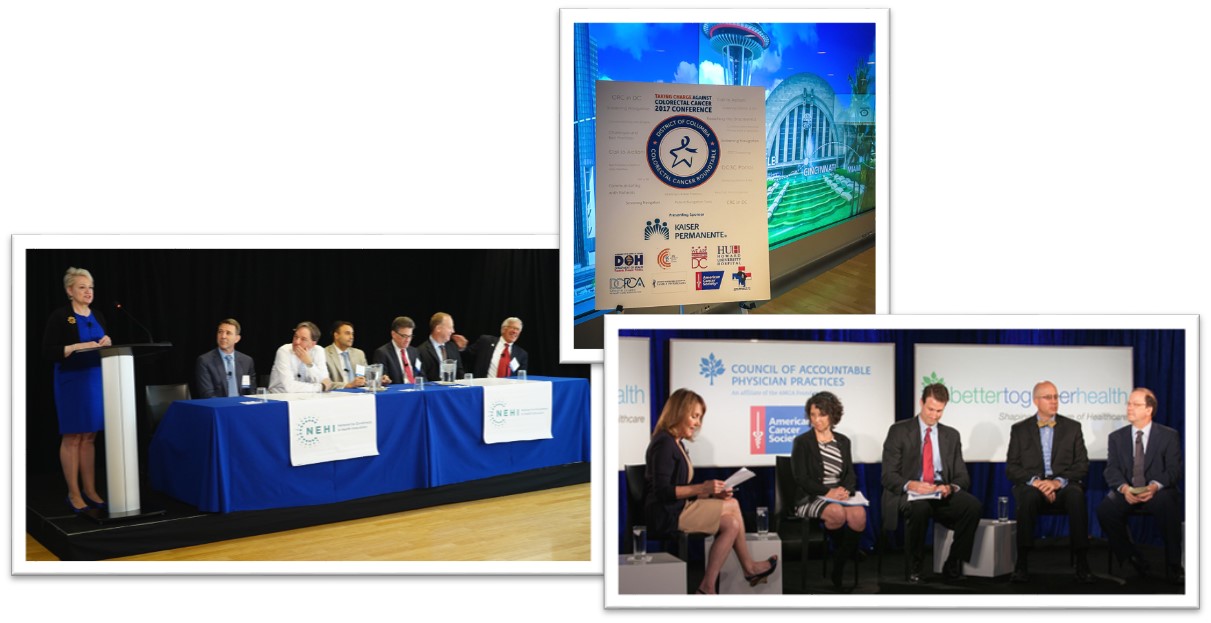One of the many terrific interviews we conducted at the Health 2.0 Spring Fling was with Keith Krugh, founder and CEO of IREHAB, an online and mobile product with tools that support physical therapists, patients, and consumers in the transition from rehab to post-rehab, fitness and maintenance. Spring Fling is a conference with a great deal of energy focused on the role of innovation in health care. So, kicking off our conversation, we asked Keith what development or invention he would be most excited to see introduced in the health 2.0 space. Hear his answer, and read excerpts from the rest of our interview, below.
CTH Blog’s Trish Doherty:
What is IREHAB? Who does it help and what does it do?
IREHAB’S Keith Krugh:
IREHAB is a product that helps physical therapists become more efficient. That’s one part of it. We have tools for professionals to service their patients better and more efficiently, so when the patient is discharged from care, they can use IREHAB to stay in communication with that patient to ensure they make the transition from rehab, to post-rehab, to fitness, and then to maintenance. Then on the patient side, we have a portal that they can access to communicate with that therapist. So if there are problems after care or between treatments, they can communicate and make the treatment more efficient. When we look at that from a treatment-per-treatment basis, we’re getting more out of each treatment—which means we are going to see that patient less and get a better and more sustainable outcome.
We also have a mobile build out on iOS and Android that allows people who aren’t under care by a physical therapist to get care immediately. If you wake up in the morning, for example, and you have back pain, and you need to go to work and earn for your family, you can go to the app, download it, and look at the questions we’re asking you to pinpoint the exercises you need at that moment.
TD:
Provide us with some context. What is happening in physical therapy that makes you think something like IREHAB is needed?
KK:
IREHAB was really started out of our own, personal frustration in the industry. Working in physical therapy, post-rehab and fitness, what we need to make sure we are doing is taking care of the patient—when they are under care, when they are not in front of us, and when they are discharged from care. Our frustration was with the lack of tools to do that. Now with personal computers sitting in our pockets in the form of smart phones, we have a better ability to reach them when they are not in front of us.
My background is in human movement science, so I’ve studied how humans move, how pain is generated and how postural deviations create pain. Movement is the key to life. Our applications can get people up and running, to be able to live their lives; not just waking up and feeling like they are muddling through.
TD:
What are some of the common gaps in care when it comes to physical therapy?
KK:
We’ve seen patients that would come in with literature from their (previous) physical therapist of what they should do to continue their care—and they couldn’t understand it. We would look at it and it would actually take us time to understand it. If we’re experts in the industry, and we can’t understand what they are supposed to do, there is no way they are going to be able to understand it. We saw people being confused and not really open to going back to their therapist. They felt like it was their fault, like they’re the only one who doesn’t understand it. We saw that happen again and again. There is a broken system here. We knew we had to do something.
TD:
Bouncing back from a back injury can be incredibly frustrating. Three years ago, I did something embarrassingly simple—I walked off of a curb—and seriously tweaked my lower back and right hip. I haven’t been the same since.
KK:
There are many people in that situation. They’ve had an injury. They don’t know where to go. We want to change that. You know, the system has been built to say that you age, you degenerate, and then you die. We’re thinking, no! We want to see you fly in your 40s, 50s and 60s. It can happen if the right information is given to you at the point of need. And that’s what mobile devices are doing now. You can get that help at the point of need.
And imagine if there’s a social community in there. You have people sharing the same experience, and you’re able to talk about it and know, ‘I am not the only one on the planet that walked off a curb and feel like I can’t do anything anymore.’ That’s not going to happen. You can get up and running again.
TD:
By the very nature of the technology, mobile apps usually provide instant gratification of some kind. But when you’re talking about something like rehabilitation, beyond relief from acute pain, we ultimately want longer-term improvement. Does your app address that in any way?
KK:
You know, people are wonderfully intuitive. When they do therapy or they do exercise, they know. “That one didn’t feel quite right.” That’s why people stop going to therapy. For that reason, immediate feedback is key.
Let me give an example to illustrate. A gentleman who had tension in his low back was testing out our app, and we asked him about his experience. He said he saw the foam-rolling exercises for the lower back, he did them, and he couldn’t believe it. “I stood up, and I had less tension.” That’s immediate feedback. Since this person used this and got better, he is more apt to do it again. Now there’s hope. With hope, there’s follow up. And with follow up, there are sustained results.
And by the way, there’s a big difference between doing an exercise and doing it correctly. In our applications, we really cue people well, so they can learn how to execute that exercise at the right position, at the right speed, and at the right number of repetitions.
TD:
Let’s talk about this conference. What role does Health 2.0, and other meetings like it, play for innovators in health and care delivery?
KK:
These conferences expose people to ideas that other people can piggyback on. They allow folks to get ideas from experienced people, to get mentors, to get funding. You can’t just do it in your garage. You need to meet health care practitioners and understand what they think about the product. These conferences are hugely important for companies like ours to come and voice what we are doing and get that user feedback and industry feedback, and iterate, and make it better.
TD:
Why is now a good time for innovators like you to step into the health 2.0 space?
KK:
Health IT is on the map. And it’s going to be on the map. 2012—we’re going to look back on this and say, this is the year that health care changed. We’re seeing that movement happen, and we want to be part of that in the physical therapy space. We feel like right now is a perfect time to go full-steam ahead.
After our interview, Keith led us on a quick walk-through of the IREHAB mobile apps—both for the physical therapist and the patient/consumer. You can watch that demo below.




